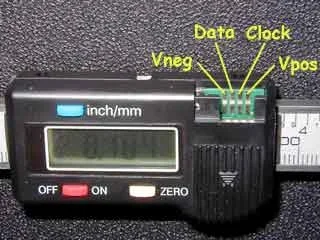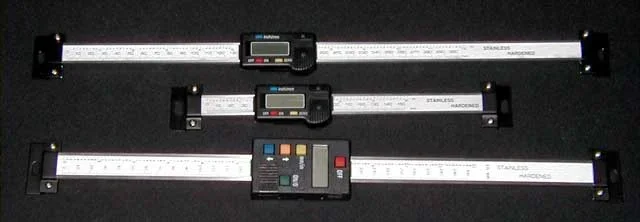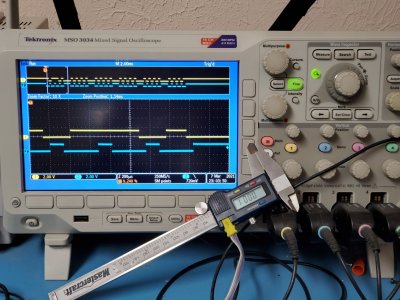Like the man sings: Two out of three ain't bad:
I made up a little locking stud to sit in the nubbin on the side of the mill that probably held something similar in the past.
X was very straightforward. Had a little block of aluminium lying around that made a good standoff. The angle bracket came with the "kit". Just needed trimming and tapping. I probably need an second point of contact instead of that one cap screw holding it together, but I'll assure myself I'm happy with the setup before putting another hole in the y-slide.
Y was a little trickier, but easier to make up. Just a little extender for the bracket, a bunch of threaded holes and cap screws. The holes under the X-slide were already there, 1/4-20, so I grabbed my (only?!) 1/4-20 screw to hold it in place. I'll drill another hole there once I'm satisfied, and trade the screw for a proper cap screw.
Z I'm still thinking about. A lot of plumbing and faired surfaces all around getting in the way. Probably still easy, but I've had enough for tonight.
Your mill looks the same as mine. I used some epoxy filler to level out my base for the Z scale. I am still working on my Z2 - Quill scale. It's not really necessary but why not? Does your dro box have a 4th DB9 plug on the back?
Here is a link to my install - just skip over all the undrillobillium stuff. I think my Z - axis turned out great.
Thread 'Installing a DRO on a Hartford Bridgeport Clone.' https://canadianhobbymetalworkers.com/threads/installing-a-dro-on-a-hartford-bridgeport-clone.4852/



